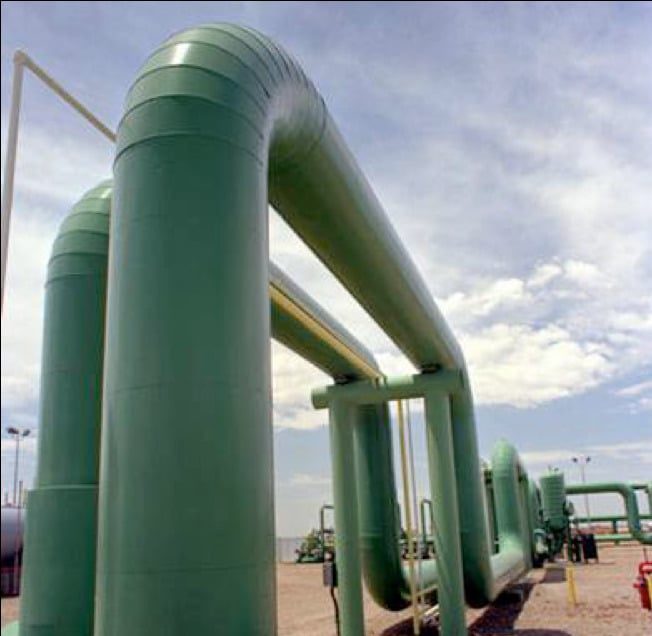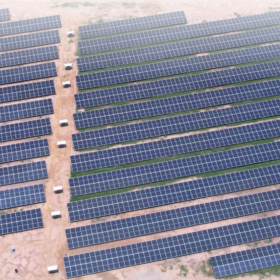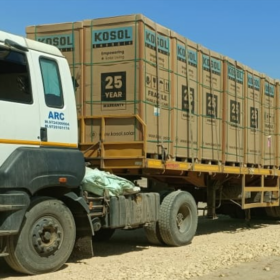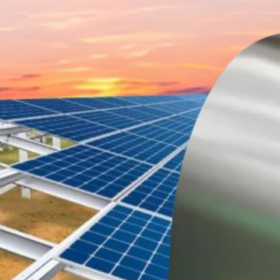With India’s reliance on imported crude oil, opportunities exist to plan for and grow the use of green hydrogen as a zero-emissions fuel source for the country’s transport sector, including commercial fleets and aviation.
However, “The commercial credibility of hydrogen development is absolutely key, particularly around securing viable off-takers for the product. There are a few emerging business models that are being studied and developed more closely in India, for domestic consumption and export. This includes the use of hydrogen for transport fleets, the use of hydrogen derivatives as aviation fuel, and the production of green ammonia,” said Ruturaj Govilkar, country manager and managing director, India, Black & Veatch.
Black & Veatch is involved in building 245 MW of electrolysis capacity. The company is building the world’s largest hydrogen hub in the United States.
India serves as an integral part of Black & Veatch’s innovation network exploring and providing hydrogen and other emerging sustainable solutions for clients globally. Countries throughout the world continue to announce new decarbonization and hydrogen strategies, and India recently approved the National Green Hydrogen Mission with an initial outlay of INR 19,744 crore ($2.3 billion). The Mission aims to make India a global hub for the production, utilization, and export of green hydrogen and its derivatives.
Speaking at the Hydrogen India Summit 2023, Govilkar proposed that, together, electric vehicles (EVs) and vehicles powered by hydrogen – in particular, commercial fleets — are an alternate form of transportation that may eventually be more cost-effective that their fossil fuel-powered counterparts, given the rising cost of fossil fuels.
Other promising commercial models include the production of green ammonia for export, whereby importing countries could substitute ammonia directly for natural gas and use it for critical applications like power generation, or the use of ammonia as a fuel for shipping. A significant advantage is that outside the electrolysis process to produce green hydrogen, the production of ammonia is a well-established technology.
Similar to the ammonia synthesis loop, Black & Veatch notes that the basic method for producing synthetic fuel for aviation or other uses is proven, and pending wider usage.
Other than hydrogen, Black & Veatch carries out projects in multiple decarbonization fields. The Green Solutions (TGS) has appointed Black & Veatch to study the production and storage of green hydrogen in Vietnam utilizing solar or wind power supplied through the grid.
This content is protected by copyright and may not be reused. If you want to cooperate with us and would like to reuse some of our content, please contact: editors@pv-magazine.com.









1 comment
By submitting this form you agree to pv magazine using your data for the purposes of publishing your comment.
Your personal data will only be disclosed or otherwise transmitted to third parties for the purposes of spam filtering or if this is necessary for technical maintenance of the website. Any other transfer to third parties will not take place unless this is justified on the basis of applicable data protection regulations or if pv magazine is legally obliged to do so.
You may revoke this consent at any time with effect for the future, in which case your personal data will be deleted immediately. Otherwise, your data will be deleted if pv magazine has processed your request or the purpose of data storage is fulfilled.
Further information on data privacy can be found in our Data Protection Policy.